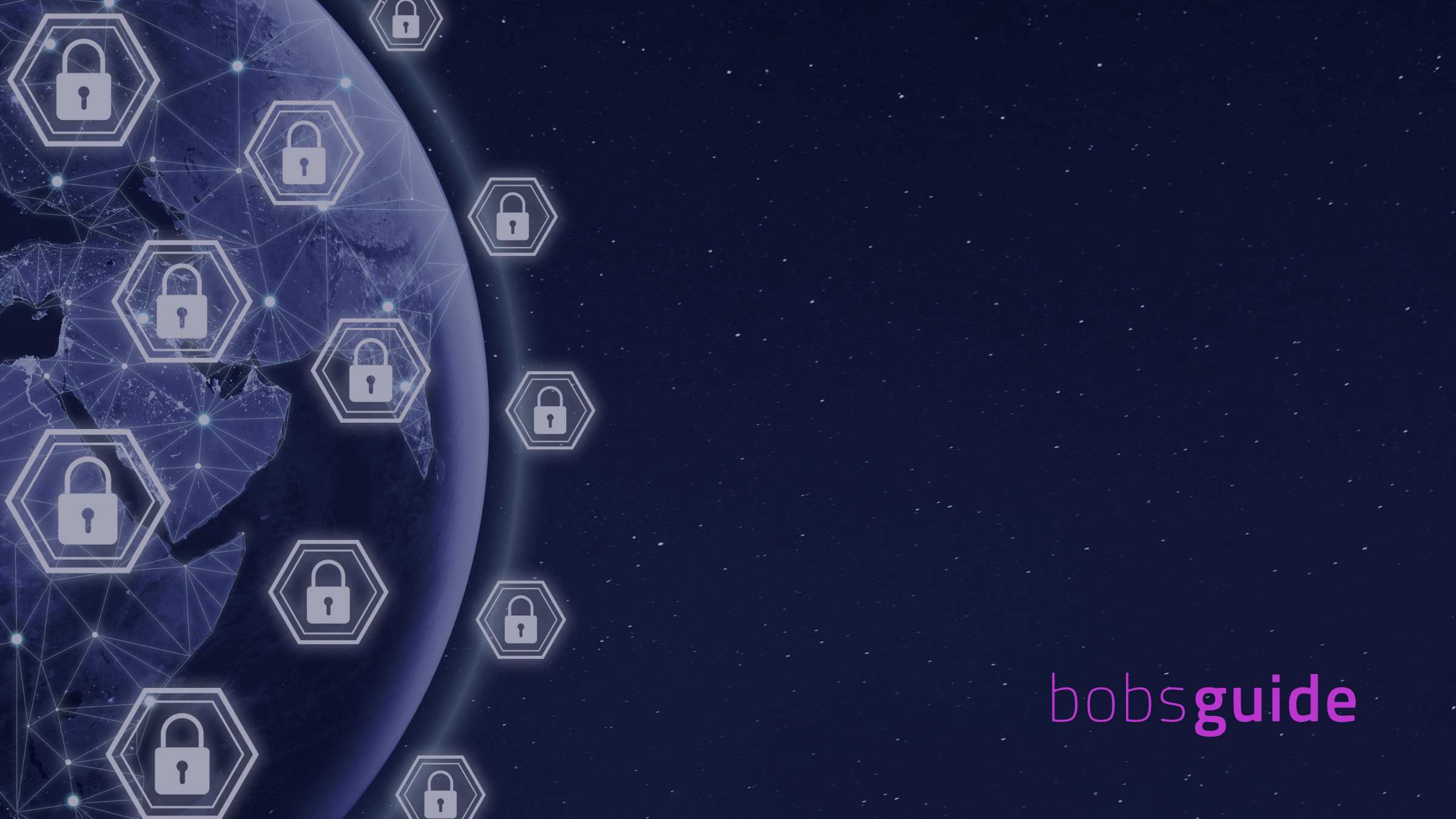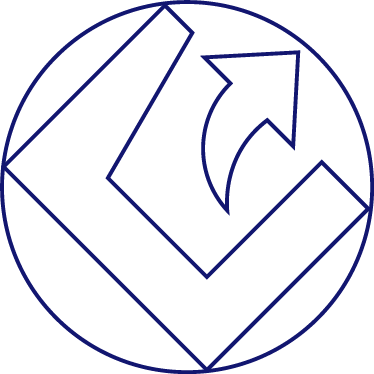Decentralized Autonomous Organizations reshaping governance in the future of finance
The very concept of organizational governance is undergoing a profound transformation, driven by the emergence of Decentralized Autonomous Organizations (DAOs). Moving beyond their origins in the crypto native space, DAOs, powered by blockchain and smart contracts, are beginning to challenge traditional hierarchical structures. This article explores how DAOs could fundamentally reshape decision-making, transparency, and stakeholder participation within financial institutions and investment vehicles.
-
Nikita Alexander
- July 31, 2025
- 6 minutes

For centuries, the bedrock of corporate governance has been a centralized hierarchy: boards of directors, executive teams, and shareholder meetings dictating strategy and operations. While effective for established structures, this model can often be perceived as opaque, slow to adapt, and prone to concentrated power.
In stark contrast, the advent of blockchain technology has given rise to a revolutionary organizational paradigm: the Decentralized Autonomous Organization (DAO). Born in the crypto-native space, DAOs are now stirring conversations about how they might fundamentally reshape governance, transparency, and stakeholder participation, even within the highly traditional realm of financial services across the UK, US, and globally.
At its core, a DAO is an organization governed by rules encoded as smart contracts on a blockchain, rather than by a central authority. Decisions are made by its members, typically through token-based voting, ensuring transparency, immutability, and automation of outcomes. This radical shift from human hierarchies to code-based constitutions presents both intriguing opportunities and significant challenges for the future of finance.
What is a DAO and How Does it Function?
A DAO is essentially an internet-native organization that operates autonomously and transparently, managed by its members. Its operations are defined by a set of rules and protocols written into smart contracts on a blockchain.
Key characteristics and functionalities include:
- Code-Based Rules: The rules of the DAO are embedded in its smart contracts. These contracts automatically execute decisions once predefined conditions (e.g., a proposal reaching a certain vote threshold) are met. This eliminates the need for intermediaries and reduces reliance on trust in individuals.
- Decentralized Governance: There is no CEO or central board of directors. Instead, power is distributed among its members, typically holders of the DAO’s governance tokens. The more tokens an individual holds, the more voting power they generally wield.
- Transparency: All proposals, votes, and transactions are recorded on a public blockchain, making the entire decision-making process transparent and auditable by anyone.
- Community-Driven: Members propose initiatives, vote on changes to the protocol, allocate treasury funds, and manage the organization’s direction collaboratively.
- Treasury Management: Many DAOs have a treasury of digital assets (cryptocurrencies, stablecoins, other tokens) that is controlled by member votes, rather than a single entity. Funds can only be released with multi-signature approval dictated by the smart contract rules.
The DAO Promise: Reshaping Financial Governance
While DAOs have primarily flourished in Decentralized Finance (DeFi) – governing protocols like MakerDAO or Compound. Their underlying principles hold profound implications for traditional financial services (TradFi):
- Enhanced Transparency and Trust: The immutability and auditability of blockchain records mean that all governance decisions, fund allocations, and operational changes within a DAO are publicly verifiable. This level of transparency could rebuild trust in financial institutions. Particularly in a post-financial crisis era where opacity has often been criticized.
- Democratized Participation and Stakeholder Alignment: Token-based voting can allow a broader set of stakeholders – including smaller investors, employees, or even customers – to have a direct say in an organization’s direction, aligning interests more closely. This moves beyond annual shareholder meetings to continuous, active governance.
- Example: A traditional bank could explore DAOs for managing specific funds, where token holders (investors) vote on investment strategies or portfolio rebalancing.
- Increased Efficiency and Automation: Routine operational decisions and fund disbursements can be automated by smart contracts once a vote is passed, reducing administrative overheads, manual processing, and potential for human error.
- Reduced Agency Risk: In traditional corporations, there’s an inherent “agency problem” where managers (agents) might act in their own self-interest rather than that of shareholders (principals). DAOs, by encoding rules and automating execution, aim to minimize this risk by aligning incentives through direct participation and transparent accountability.
- New Models for Investment Vehicles: DAOs can facilitate new types of collective investment schemes. For instance, a DAO could be formed to collectively invest in real estate, art, or even early-stage startups, with members voting on investment proposals and receiving pro-rata returns. This offers a highly transparent alternative to traditional private equity or venture capital funds.
- Decentralized Regulation and Compliance (Long-Term Vision): In the distant future, some envision DAOs as a mechanism for self-regulating financial protocols, where compliance rules are embedded into smart contracts, enabling automated adherence to regulations, though this is highly complex and nascent.
Challenges to DAO Integration in Traditional Finance
Despite the compelling vision, integrating DAOs into the heavily regulated and deeply entrenched TradFi world faces significant hurdles:
- Legal and Regulatory Uncertainty: This is perhaps the biggest barrier. The legal status of DAOs is highly ambiguous across most jurisdictions. Are they corporations? Partnerships? Unincorporated associations? Who is liable in case of failure or malpractice? Jurisdictions like Wyoming in the US have started to recognize DAOs as legal entities, but this is far from global standardization.
- Security Risks and Smart Contract Vulnerabilities: DAOs rely on smart contracts. Bugs or vulnerabilities in these contracts can lead to catastrophic losses, as demonstrated by “The DAO” hack in 2016, where millions of Ethereum were stolen due to a code exploit. Auditing complex smart contracts is crucial but challenging.
- Scalability and Decision-Making Latency: While efficient for simple proposals, complex strategic decisions requiring nuanced discussion and input from thousands of token holders can be slow and cumbersome. Achieving consensus on intricate financial policies in a truly decentralized manner can lead to “governance paralysis.”
- Token Concentration and Centralization Risk: The ideal of decentralization can be undermined if a small number of large token holders (whales) control a disproportionate amount of voting power, leading to plutocracy rather than true democracy.
- Interoperability with Legacy Systems: Integrating a DAO’s blockchain-native operations with existing traditional financial IT infrastructure is a significant technical and operational challenge.
- Off-Chain Reality: Many DAOs still rely on off-chain communication (e.g., Discord, forums) and human coordination for discussions and preliminary decisions, with the blockchain only used for final voting and execution. The “autonomous” aspect isn’t always fully realized.
- Taxation and Accounting: Classifying and taxing DAO-related activities, token rewards, and treasury movements within existing financial regulations is a complex undertaking for tax authorities.
A Hybrid Model of Governance?
The path for DAOs into mainstream finance will likely be gradual, involving a hybrid approach rather than outright replacement of existing structures. Financial institutions might initially experiment with DAOs for:
- Internal Governance of Specific Funds or Ventures: Managing a segment of venture capital investment or impact funds with DAO-like structures for transparency.
- Treasury Management: Using DAO principles for managing a portion of corporate digital asset treasuries.
- Community Engagement Platforms: Allowing customers or developers to vote on product features or strategic directions, without relinquishing core control.
- Standard-Setting Bodies: Collaborating on industry standards or data sharing through DAO-like governance.
The evolution of DAOs represents a fascinating intersection of technology, law, economics, and human behavior. For financial leaders, understanding DAOs is not just about keeping pace with crypto trends; it’s about discerning how blockchain-enabled governance models could offer solutions to long-standing challenges in transparency, efficiency, and stakeholder alignment.
While the regulatory and practical hurdles are considerable. The potential for DAOs to redefine what a “financial organization” can be — more transparent, more participatory, and more resilient. Makes them a compelling area to watch in the unfolding future of finance. The revolution in governance may just be beginning.


 Bobsguide is a
Bobsguide is a